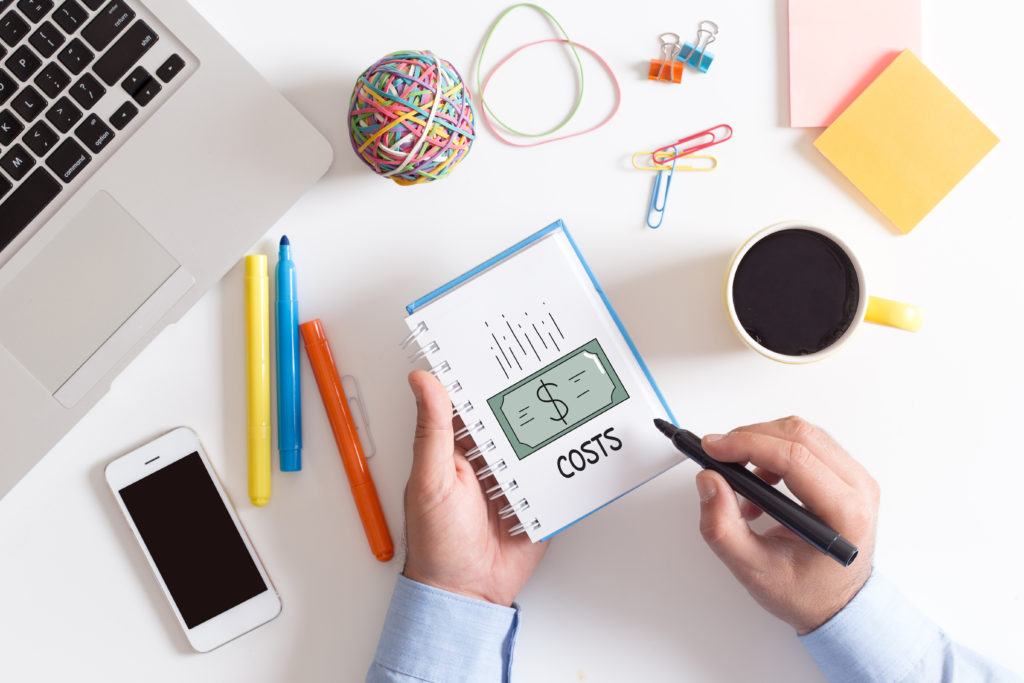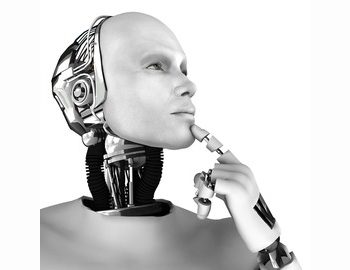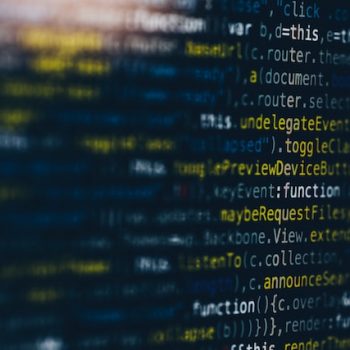One of the most common difficulties startups face is a shortage of funds. Without money, startups, especially those dealing with hardware, cannot develop products, let alone bring them to market. What’s the best way to reduce R&D costs with startups – engineering simulation software! Engineering simulation software allows a startup developing hardware to quickly ascertain the viability of their idea, make the necessary changes, and test again. The most successful industrial companies use engineering simulation software every day, but the problem for startups is that these tools are expensive. This is why ANSYS developed their Startup Program that aims to make their software both affordable and accessible for hardware startups. Additionally, startups can also claim tax credit for their R&D expenses from the government.
Let us go over each of these in detail below:
How Engineering Simulation Software Helps Startups Reduce R&D Costs
Research and development typically involves costs associated with testing, product development, and materials costs. As a result, many startups concentrate on raising money from investors at lower valuations than they would receive with fully working prototypes.
What if startups could dramatically reduce R&D costs and develop prototypes at a much faster rate? There is a way: engineering simulation software. Engineering simulation software allows a prototype to be designed virtually, then tested using real world conditions, modified, tested again, until fully optimized all in a risk free virtual environment. In addition, to this being less expensive than traditional methods, it is also much faster allowing a startup to get to market sooner.
Look at the Ways Engineering Simulation Helps Startups Reduce R&D Costs:
Low risk: Since engineering simulation software involves testing ideas virtually, it means startups can test just about any hardware idea at a fraction of the cost of building a physical prototype. With simulation, startups can instantly see if an idea is worth pursuing in real life or not, in a low risk environment.
Practicality: With engineering simulation, startups can determine not only if their idea will work, but how well it will perform. Thus, engineering simulation can save years of experimentation and prototype versioning. Compare these quick results to the large amount of time inventors in the past have spent on physical prototypes and the value of engineering simulation becomes clear.
Celerity: With engineering simulation software, startups can design and build prototypes of their product at a much faster rate than with traditional avenues. This can also help startup leaders show investors that their product actually works, and works well!
Cost and efficiency: Traditionally, building a physical prototype involves a large investment in time, money, engineering, and materials. Startups can drastically reduce both costs and product design timelines with the help of engineering simulation software since they only need to invest in engineering and software, unlike physical prototyping.
ANSYS is used by 96 of the top 100 industrial companies on the Fortune 500 list to develop their products, but without the Startup Program these tools would be out of reach for most startups due to price. Because ANSYS is committed to the growth of startups, they are offering this affordable program to those startups that meet their eligibility criteria.
Claiming Tax Relief from the Government
We’ve discussed ways in which a startup can reduce R&D costs and also ways to validate an idea. But there’s also another way startups can gain from R&D: tax relief!
Both UK and US tax codes offer government relief to startups investing in R&D. In the UK, R&D tax relief was introduced in 2000 for SMEs to invest in developing and researching new ideas. In order to get the tax relief, the company will have to “be able to state what the intended advance (in technology) is, and to show how, through the resolution of scientific or technological uncertainty, the project seeks to achieve this.”(HMRC.gov.uk). And how much is it actually worth? Businesses can claim up to 230% corporation tax relief on R&D costs.
The US offers startups Research and Experimentation Tax Credit, also known as the Research and Development (R&D) credit. The matters are a little more complicated here, and in order for your research to qualify, it has to fulfill four requirements. First, the research has to be technological in nature. Second, the purpose of the research has to be to create or improve the functionality, reliability, quality, or performance of a product, technique, invention, formula or piece of software. Third, there has to be some degree of uncertainty that you’re looking to eliminate through the research. And lastly, there has to be a process of experimentation to eliminating the uncertainty. As for the actually worth – new companies can claim 6% of qualified research expenses. Companies over 3 years old should probably leave the calculations to the tax professionals.
Startups should always check to see if the government offers any programs where tax relief is available and the procedures and criteria associated with it.
Conclusion
Before you go looking around for funds (after seed round), we urge you to invest time in reducing R&D costs and validating your startup. Only when you’ve established both demand and credibility should you start raising money.
On that note, if you’re looking for an economical engineering simulation software provider, we’d urge you to check out the ANSYS Startup Program, and see if you qualify for it. They work with startups in various industries such as health care, energy, defense, high-tech, aerospace, automotive, and more.


